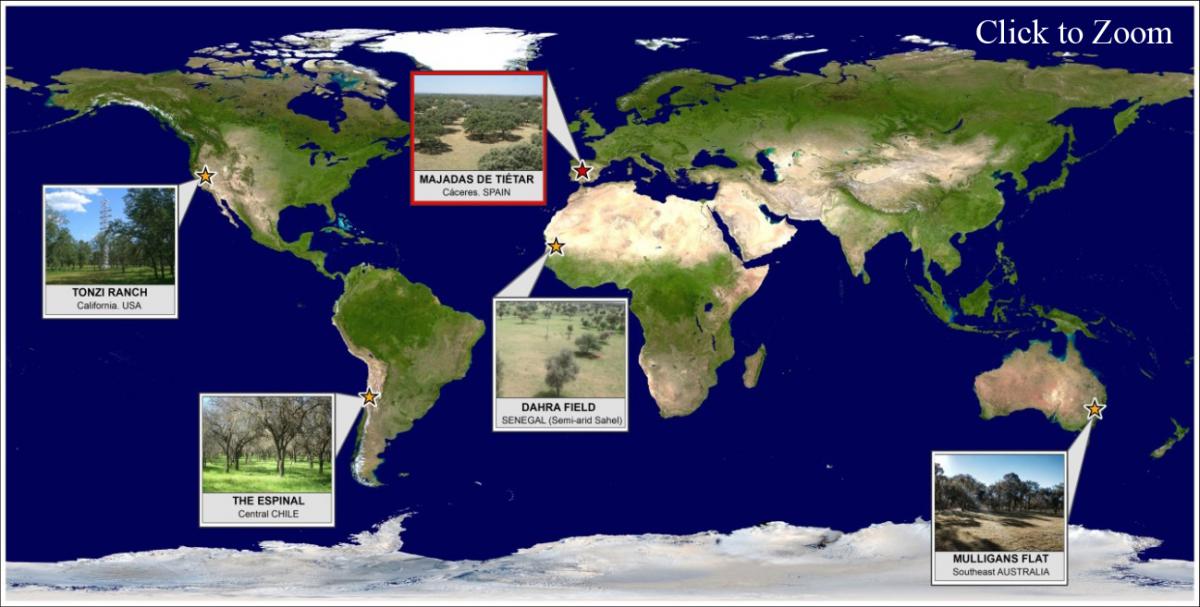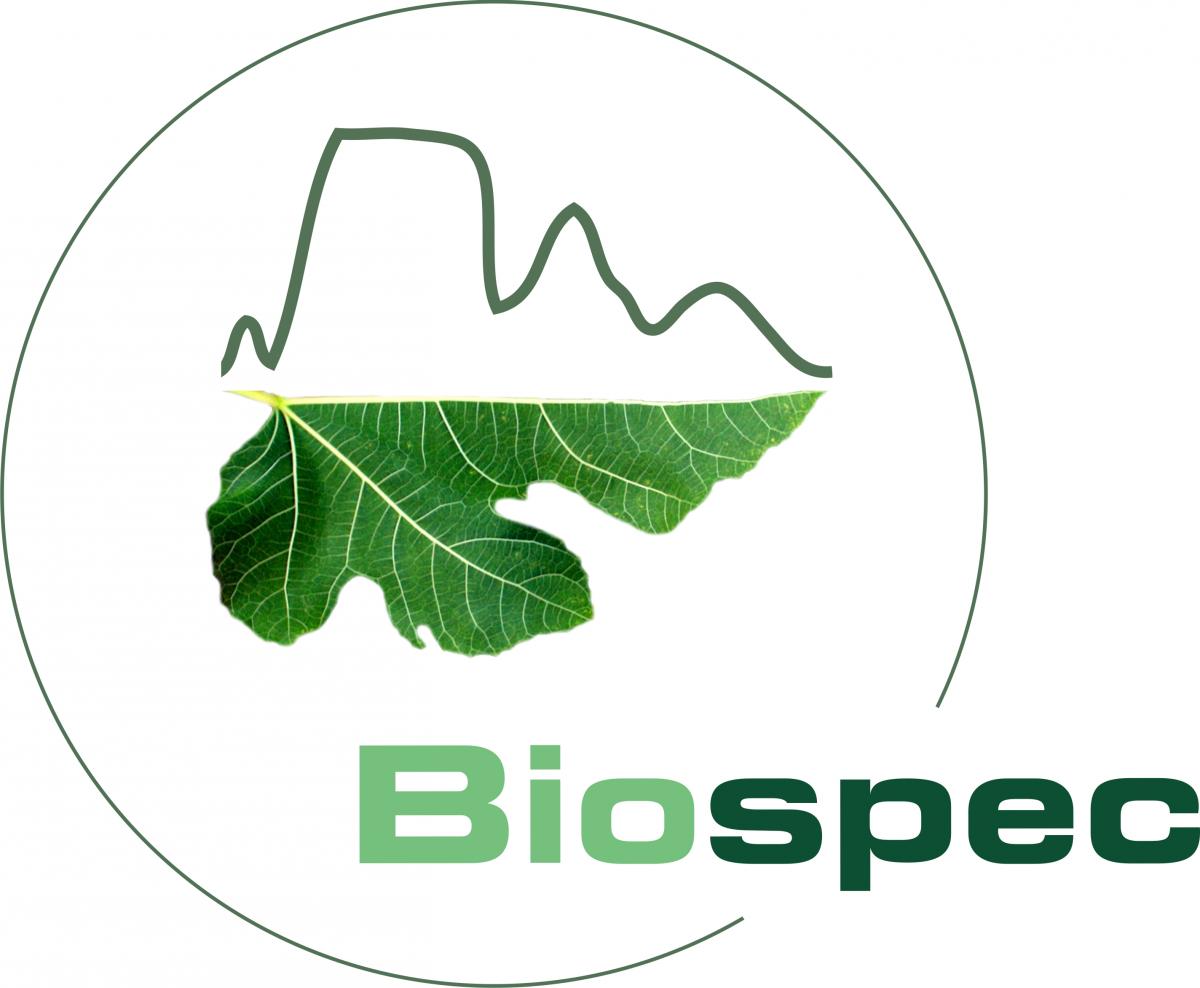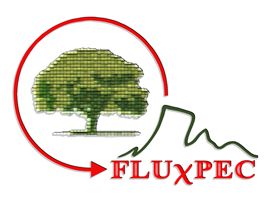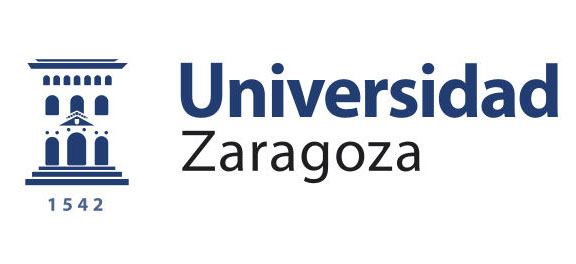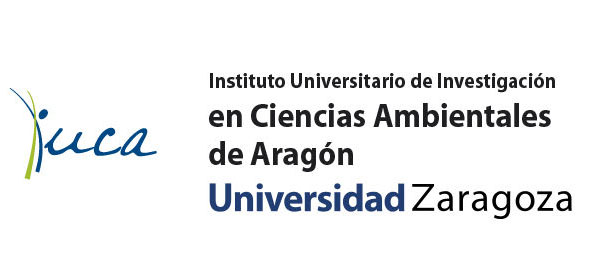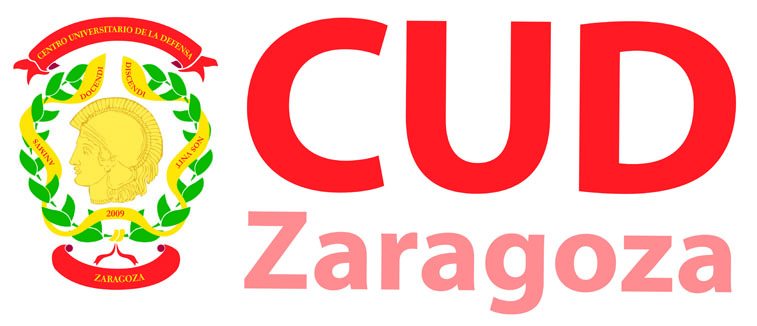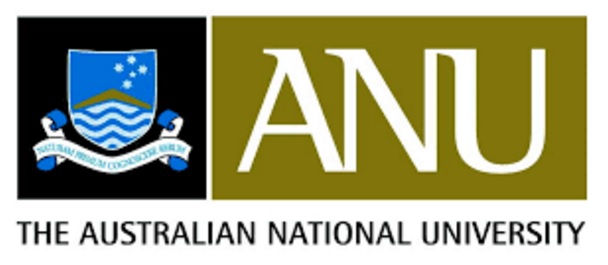Study Area
The main study site of SynerTGE is a located within the Dehesa Boyal of Majadas de Tietar (Cáceres) in the north-east of Extremadura region. This is a typical dehesa with tree fraction cover of 20%, tree density of 25 trees/ha, mean DBH of 46 cm and mean tree age about 150-200 years. The site climate is typically Mediterranean, with dry and hot summers, a mean annual temperature of 16.6 ºC and mean annual precipitation of about 600mm. The soils at the Majadas site are poorly drained stagnic alisols over arkose with low organic matter contents. The pasture layer is composed mainly by annual herbaceous species. It has a strong seasonal variation in term of carbon and water fluxes largely driven by precipitations pattern, with maximum biomass production and LAI in spring, and presents high inter-annual variability in annual yield production.
The Majadas experimental site is a well-established observational facility for ecosystem process studies with important infrastructure consisting of a high-profile, state-of-the-art flux tower station operated by CEAM (PI Dr. Arnaud Carrara) since 2003, as well as others facilities such as two flux towers with similar equipment implemented in 2014 by the Institute of Biogeochemistry of the Max Planck Institute (MPI-BGC) (PI Dr. Mirco Migliavacca). Extensive continuous monitoring (eddy covariance fluxes, high grade meteorological variables measurements, extensive soil conditions measurements, reflectance vegetation indexes, surface brightness temperature, etc.) of ecosystem fluxes and ambient conditions is maintained at the site. The micrometeorological flux stations are complemented by additional measurements operated by MPI-BGC and CEAM in order to characterize independently the contribution of the two vegetation layers (i.e. tree canopy and grassland) to ecosystem CO2 and H2O fluxes.
This site is continuously monitored by RGB and NIR digital cameras for plant phenology monitoring in three towers:
Main tower:
https://phenocam.sr.unh.edu/webcam/browse/eslma/
North tower:
https://phenocam.sr.unh.edu/webcam/browse/eslm1/
South tower:
https://phenocam.sr.unh.edu/webcam/browse/eslm2/
SynerTGE main study site (red star) and potential validation sites (yellow stars).
International collaborations have been established and globally distributed tree-grass ecosystems has been included in SynerTGE as potential validation sites:
1. Dahra field site in Senegal (PI: Dr. Rasmus Fensholt. University of Copenhagen). This site experiences a typical Sahelian climate and is covered by coexisting grass species and trees (~ 3% canopy cover), characterizing large parts of the Sahel. Dahra is ideal for investigating relationships between semiarid savanna ecosystem properties and water-related variables in vegetation. The test site comprises a 2002-12 series of in situ daily spectro-directional reflectance from sunrise to sunset (Huber, S., T. Tagesson, et al. 2014) and measurements of vegetation water content, dry matter in addition to hydroclimatic variables, edaphic conditions, biomass, species composition.
2. Mulligans Flat in Southeast Australia (PI: Dr. Marta Yebra. Australian National University ). This Nature Reserve is situated in the north of Canberra, in the Australian Capital Territory. The reserve was established in 1994 in order to protect the rare, remnant grassy box gum woodlands, which are considered to be very important for biodiversity conservation. Field data available in this study site includes FMC, EWT, DM and Cab from samples acquired in grass plots and tress simultaneously to hyperspectral image acquisitions.
3. Tonzi Ranch in USA (PI: Dr. Dennis Baldocchi. University of California Berkeley). Located in the lower foothills of the Sierra Nevada Mountains in California, the Tonzi Ranch site is classified as an oak savanna woodland on privately owned land. The overstory is largely dominated by blue oak trees (40% of total vegetation) with intermittent grey pine trees (3 trees/ha). Understory species include a variety of grasses and herbs, including purple false brome, smooth cat's ear, and rose clover. Dr. Baldocchi group have been collecting data in this site since 2001 and have these data distributed and vetted through the AmeriFlux and FLUXNET data portals. In addition they have collected a lot of site ancillary data including soil moisture, water table depth, soil physical and chemical properties, canopy structure with LIDAR, phenology and leaf area index with upward and downward looking digital cameras, leaf physiology and hyperspectral reflectance of the grass.
4. The espinal, in Chile, (PI Dr. John Gajardo. University of Talca) is a pseudo-savanna system. It is composed mainly by a small, spiny leguminous tree (Acacia caven) and a large number of species of annual herbs and grasses, mostly from the Mediterranean Basin. The geographic distribution of this system covers from the semiarid (32°S) to humid region (36°S) in Chile. The espinal ecosystems can be found from zones with 8-10 months of drought per year with little mean annual rainfall (100-150 mm), to sub-humid regions with 700-1200 mm annual rainfall with 5 months of drought. The espinales integrate a wide variety of silvo and agro-pastoral systems, provide food, forage and firewood to rural population.

